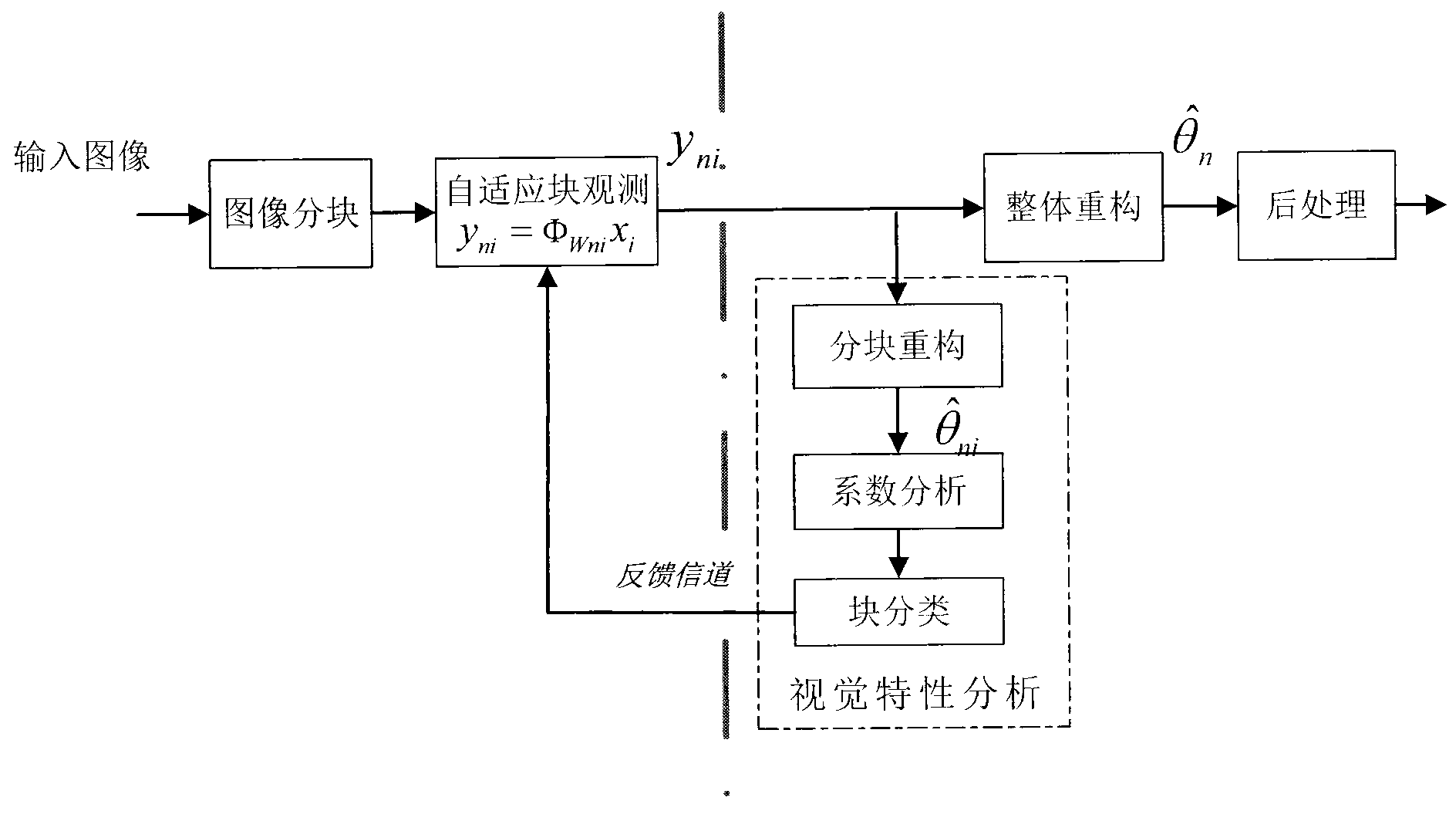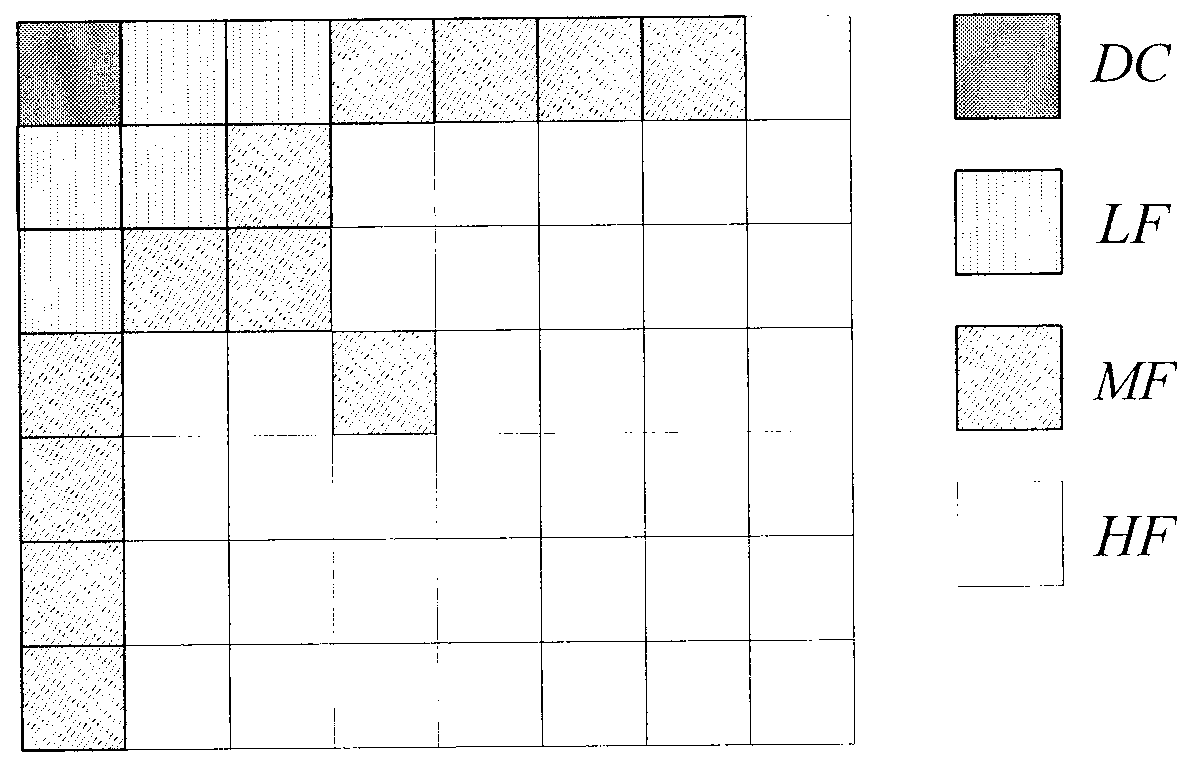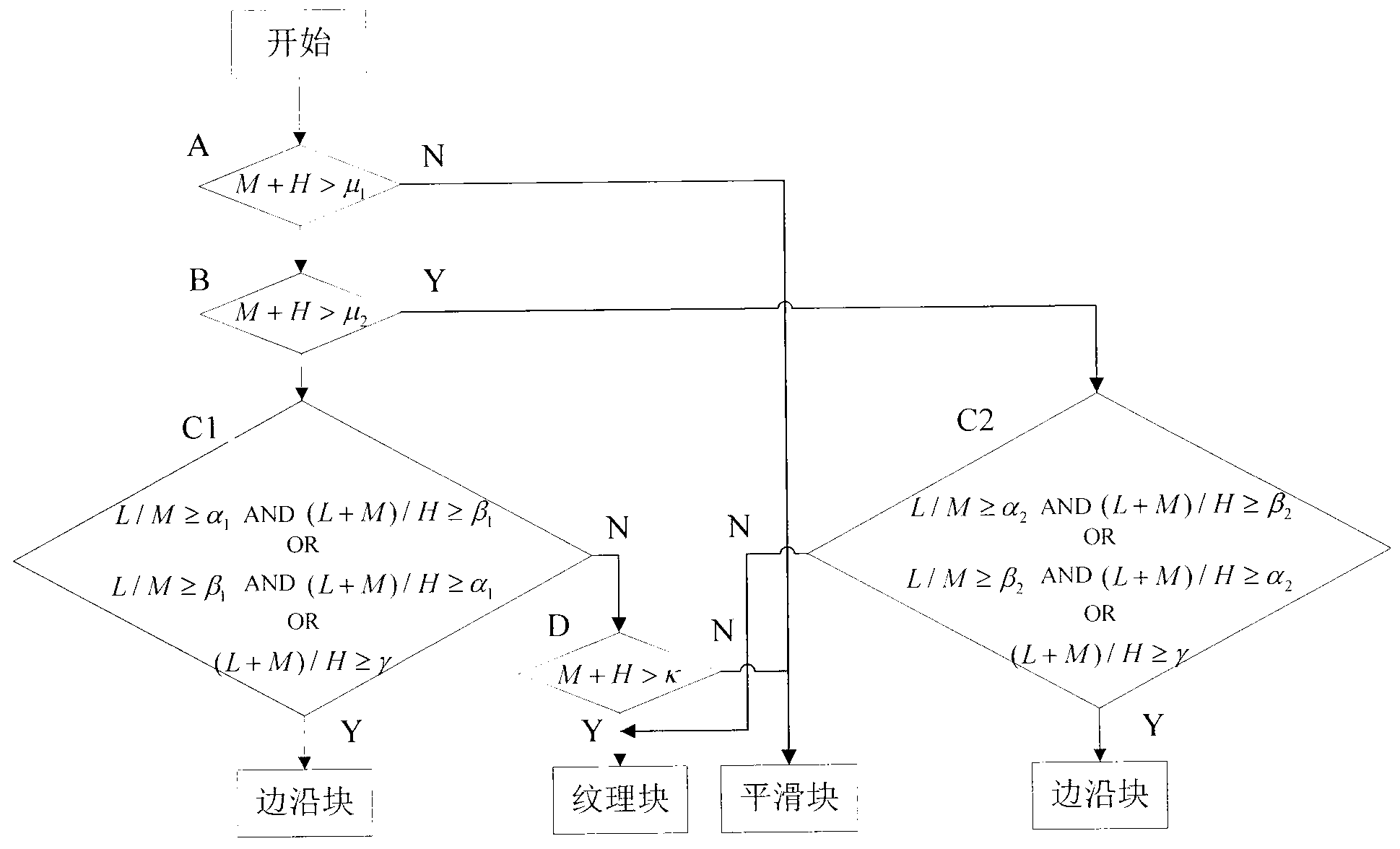Adaptive block compressing sensing image coding method based on visual perception
A technology of visual perception and coding method, which is applied in the field of adaptive block compression sensing image coding based on visual perception, and can solve problems such as application, large observation matrix, and ignoring local sparsity of images
- Summary
- Abstract
- Description
- Claims
- Application Information
AI Technical Summary
Problems solved by technology
Method used
Image
Examples
Embodiment Construction
[0087] The visual perception-based adaptive block compression sensing image coding system proposed by the invention is realized by software simulation.
[0088] exist figure 1 In we give an implementation block diagram of the proposed system of the present invention. After the image is input, the image is divided into blocks, and the divided image block x i First, the traditional block compressed sensing (BCS) method is used for observation (all blocks use the same observation rate, that is, Φ Wni = Φ W ), observed value y i It is transmitted to the decoding end for overall reconstruction and block reconstruction, where the coefficients after overall reconstruction The restored image of the initial stage is obtained through post-processing, and the block of DCT coefficients obtained after block reconstruction Carry out the visual analysis and classification of the first stage, and at the same time, transmit the classification result to the encoding end through the feedb...
PUM
 Login to View More
Login to View More Abstract
Description
Claims
Application Information
 Login to View More
Login to View More - R&D
- Intellectual Property
- Life Sciences
- Materials
- Tech Scout
- Unparalleled Data Quality
- Higher Quality Content
- 60% Fewer Hallucinations
Browse by: Latest US Patents, China's latest patents, Technical Efficacy Thesaurus, Application Domain, Technology Topic, Popular Technical Reports.
© 2025 PatSnap. All rights reserved.Legal|Privacy policy|Modern Slavery Act Transparency Statement|Sitemap|About US| Contact US: help@patsnap.com



